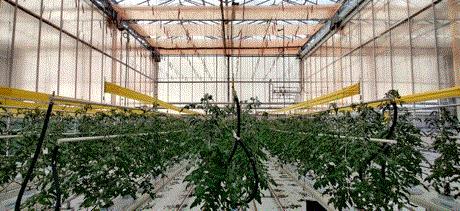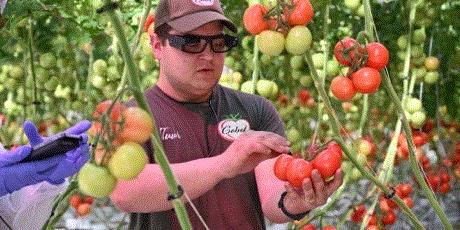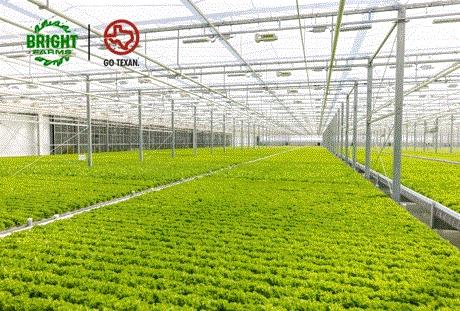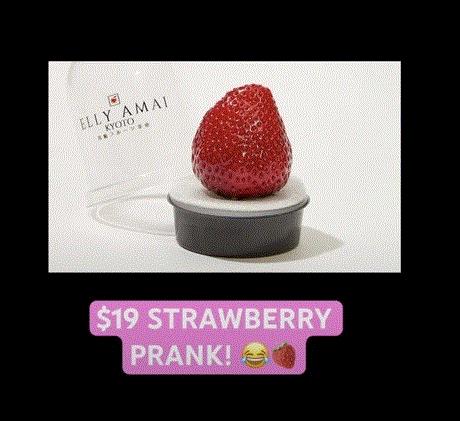Advances in Greenhouse Glazing
If you’re struggling to get a clear view of the future, you might actually be right on track, at least when it comes to innovations in glass and greenhouse glazing. While some new technologies are still proving their economic value, others are already showing success in commercial applications. Here’s a look at some of the most promising developments in glazing technology for greenhouses.
Diffuse Glass
Let’s start with a technology that’s been around for a while but continues to be widely used: diffuse glass. This type of glazing scatters incoming light, creating a more even distribution across the plant canopy. The tradeoff is a slight reduction in overall light intensity, typically around 10%, but in high-light environments, the benefits often outweigh the drawbacks. By eliminating hotspots and reducing shading, diffuse glass can help improve uniformity and overall plant growth.
Learn more from Dyglass Co.
Low-E Glass
Low-e (low emissivity) glass, commonly found in homes and office buildings, is designed to reflect infrared and ultraviolet (UV) light while allowing visible light to pass through. The result is improved insulation and reduced heating and cooling needs. However, in a greenhouse context, the UV-blocking effect can be a drawback. Certain crops, like red leaf lettuce, rely on UV light to develop desirable traits such as pigmentation.
Most low-e coatings are currently optimized for buildings, not greenhouses. But with a thoughtful redesign tailored to horticultural needs, low-e glass could become a game-changer, assuming it can be produced at a reasonable cost.

UbiGro spectral-shifting film
Spectral-Shifting Film
As with LED lighting, spectrum matters when it comes to sunlight entering a greenhouse. One emerging solution involves spectral-shifting technologies, such as quantum dots, which convert parts of the solar spectrum into wavelengths more beneficial for plant growth. While these materials can reduce total light intensity, the tradeoff may be worthwhile if they significantly enhance photosynthetic efficiency and crop performance.
Explore spectral-shifting film from UbiGro.
Photovoltaic Glazing
Why not let your greenhouse generate power while growing plants? A range of photovoltaic (PV) glazing options now make this possible. These include thin strips of crystalline silicon integrated into standard glass, as well as newer, semitransparent solar panels. With the ability to offset energy costs and contribute to sustainability goals, PV glazing represents a major step toward greener, more efficient greenhouse operations.
Check out PV glazing from Heliene.

AI-Powered Eyewear for Harvesting
While we’re on the topic of glass, the latest innovation I’ve come across goes on your face, not your greenhouse. A partnership between Inagro; the Institute for Agricultural, Fisheries, and Food Research (ILVO); Robovision and Iristick has developed smart glasses that use AI to help novice workers identify when tomatoes are ready to be picked.

The glasses feature a camera connected to a smartphone, and the system has been trained on hundreds of images to detect ripe fruit. While this tool may be most useful for new workers learning to distinguish which tomatoes are ready for harvest, it’s also one of the first real-world examples of AI-assisted vision being worn by greenhouse employees.
In other industries, smart eyewear has already proven useful for tasks like helping mechanics identify parts in cars or aircraft. As this technology continues to evolve, it’s easy to imagine future applications in agriculture, such as monitoring crop health, predicting harvest timing or scouting for pests, all from a pair of glasses.
More on the tomato-harvesting smart glasses from Inagro.

Canadian Produce Marketing Association Convention and Trade Show
The CPMA Convention and Trade Show is running this week, April 8–10, in Montreal, celebrating 100 years of the Canadian Produce Marketing Association. The event draws over 4,000 attendees and features 300 companies on the show floor.
Founded in 1925, CPMA has long served growers and the produce industry across Canada. In addition to supporting product labeling and organizing trade events, the association is committed to increasing overall produce consumption, something that benefits both the industry and public health.
Click here to learn more about the conference.
BrightFarms Celebrates End of First Winter in Lorena, Texas
BrightFarms’ newest facility in Lorena, Texas, is off to a strong start. The greenhouse showcases top-of-the-line automation, from moving NFT gutters and automated packaging lines to the ultraclimate-controlled structure itself. This is the first of three planned facilities in Lorena, which will eventually span 1.5 million sq. ft.

Now in full production, the Texas facility extends BrightFarms’ reach across the country, joining existing farms in New Hampshire, Illinois, Virginia, North Carolina, Georgia and now Texas. Together, these farms supply over 2,000 stores and continue to expand their distribution footprint.
BrightFarms is set to grow leafy greens through the heat of the Texas summer, delivering fresh produce year-round to Austin, Dallas, Houston and San Antonio.
View the full post on LinkedIn
Late Show Throws Shade at High Value Strawberries
About a month ago, late-night host Jimmy Kimmel pulled a prank by serving Driscoll’s field-grown strawberries in upscale Elly Amai packaging. While it was far from a scientific experiment (and I suspect the footage was cherry-picked for laughs), the segment did highlight something important. People believed the strawberry was one of the best strawberries they’ve had, far superior to the strawberry from the same lot still in the original Driscoll’s clamshell we know and love.

From my perspective, there’s both a positive and a negative takeaway here. The downside: many of the value-added traits we work hard to develop in the industry (better flavor, richer color, crunchier texture) often go unnoticed by consumers. The upside? The baseline quality of our produce is already exceptional and deserves to be celebrated.
For better or worse, this might be a reminder that the fastest path to a premium price isn’t always through growing, it could be through packaging.

Bone to Pick on Your Strawberries
While we’re on the subject of great-tasting strawberries, let me share a personal gripe, and maybe offer a marketing idea too.
On a trip to Leamington, I visited a greenhouse strawberry grower who was trialing about half a dozen varieties in their new system. While watching the packing line, I asked which variety was in each clamshell.
“It’s a mix,” they said, “to get the right number and size to fill out the clamshell correctly.”
I believe we have an opportunity with strawberries to take a page from the apple industry and start listing the variety on the package.
Names matter when it comes to driving sales. Think it doesn’t? Nobody wants to eat Patagonian toothfish or slimeheads, but Chilean sea bass and orange roughy? Delicacies.
Just like the table grape industry has started doing—think Cotton Candy (technically IFG Seven)—it’s time we do the same with strawberries.

Dr. Jake Holley
Editor-at-Large
Inside Grower
This email received by 34,101 loyal readers!
Interested in advertising in Inside Grower? Contact Paul Black or Kim Brown and they'll show you how easy, effective and affordable it is.